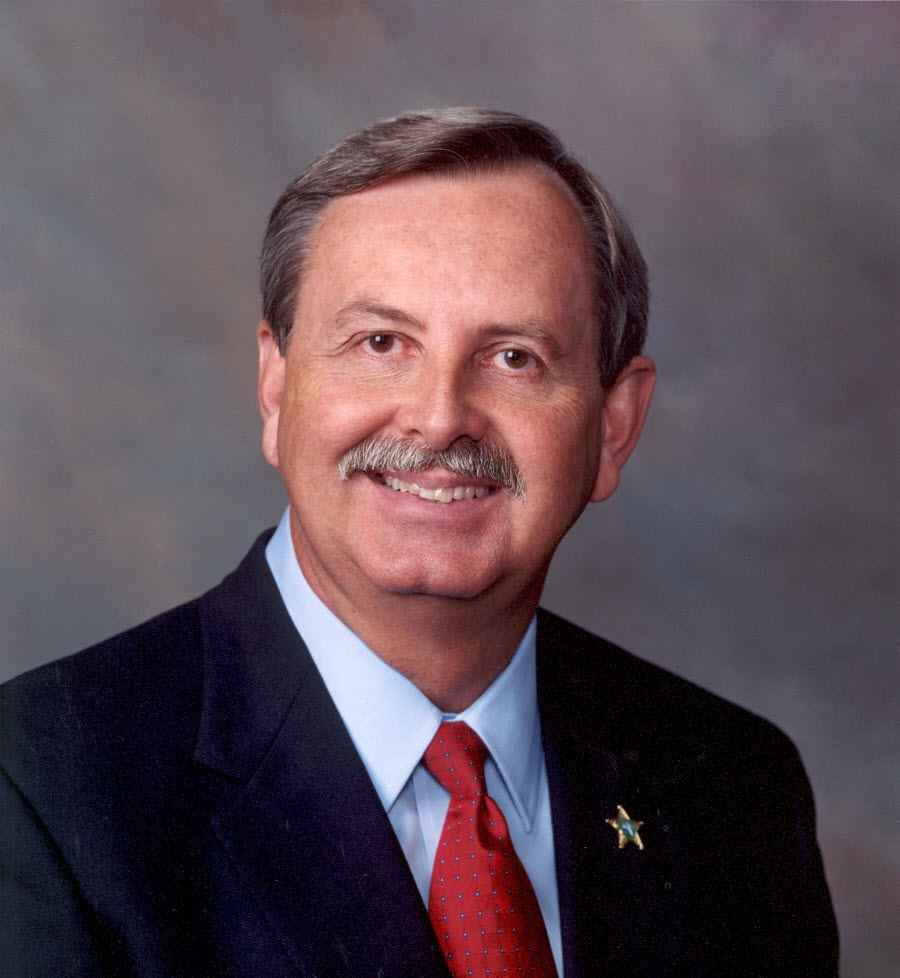Trump Administration Backs Off Plan to Send Migrants From Mexican Border to South Florida

The Trump administration has halted plans to send thousands of people who entered the country illegally across the Mexican border to Broward and Palm Beach counties, Palm Beach County Sheriff Ric Bradshaw announced Saturday.
“It appears that border patrol has backed off its initial plans to transport a thousand illegal immigrants to South Florida,” Bradshaw announced in an audio clip posted to Twitter. “Because of everybody’s efforts, we are able to stop what appeared to be a crisis for our community.”
Asked how Bradshaw learned that the federal government had backed off its plan, a Palm Beach County Sheriff’s Office spokesman said Bradshaw had spoken with Angel Belen, chief of U.S. Border Patrol in Miami. Earlier in the week, Belen had twice traveled from Miami to brief the sheriff and the Palm Beach County Association of Chiefs of Police on a plan to transport migrants from El Paso, Texas, into South Florida, the sheriff’s office said.
But other local officials who had first raised awareness of the plans said they were surprised by the news and had heard nothing from the federal government.
“We’d like to get some confirmation from the federal government, and we’d like to talk to somebody — anybody — that can tell us the good news,” said Broward County Commissioner Mark Bogen. “This is very unusual that we cannot get a phone call from anybody in Border Patrol or Homeland Security or any other agency to tell us that we don’t need to be concerned in two weeks.”
Two weeks was the amount of time local officials had initially been given until the first loads of migrants from the border would arrival in Palm Beach and Broward counties — 500 to each county each month, with no deadline set for the influx to end.
The news — which Broward and Palm Beach county officials learned from immigration officials in South Florida — caught state government unaware, with Republican Gov. Ron DeSantis, a close ally of President Donald Trump, saying he strongly opposed the plan.
“This was not something that came down from the White House. This is something that came out of the agency,” DeSantis said, referring to the Border Patrol. “Sometimes this stuff happens. Ultimately this is something I’m going to have to talk to the president about.”
But at a rally in Green Bay, Wis., on April 27, Trump told the crowd that sending migrants to so-called sanctuary cities was “actually my sick idea.”
Neither Broward nor Palm Beach county government refuses to cooperate with immigration officials, except in obeying a 2014 court order that found holding inmates longer than their sentences to comply with immigration detainers would be a violation of civil rights.
By Friday afternoon, Republican and Democratic officials in the state expected the plan, if executed, to mean blowback that would affect Trump’s chances of re-election in the state in 2020, though some Republicans thought that outcome was overblown.
“His supporters like myself are diehard. They’re not going to go anywhere,” Palm Beach County Republican Party chair Michael Bennet told the Fort Lauderdale Sun Sentinel on Friday.
By Friday night, a senior official with U.S. Customs and Border Protection told the Sun Sentinel that the plan to send a thousand migrants a month to South Florida, without any federal aid to house them or help provide for them, was only part of a “contingency plan” being developed, and was only a possibility should that plan move forward.
“We do not have any aircraft flying into Florida at this time, but we are looking at capacity building,” the official told the Sun Sentinel on Friday. “All we are looking at right now is where we have the capacity.”
Now, according to Bradshaw, that contingency plan is apparently off the table.
Still, the overcapacity along the border with Mexico remains a crisis.
About 248,197 migrants in families had been apprehended at the border as of April, compared with 49,621 during the same period last year. In late March, former Homeland Security Secretary Kirstjen Nielsen issued a statement, saying “the system was in freefall” and had reached peak capacity.
Because of overcrowded facilities on the border, about 40,000 migrants have been released since mid-March in border communities that span from Brownsville, Texas, to San Diego.
To Read The Full Story
Are you already a subscriber?
Click "Sign In" to log in!

Become a Web Subscriber
Click “Subscribe” below to begin the process of becoming a new subscriber.

Become a Print + Web Subscriber
Click “Subscribe” below to begin the process of becoming a new subscriber.

Renew Print + Web Subscription
Click “Renew Subscription” below to begin the process of renewing your subscription.












